“When I am photographing people in my own community I tend to think of them already being a part of my life,” says Vietnamese American photographer and design student Teresa Hoang. Family and community play central roles in her life, and she seeks to capture them as uniquely as she can. It’s all about connecting with the subject for this young photographer. And producing visually pleasing images are the natural outcome.
We hate banner ads too. Download our app for iOS, iPad, and Android and get no banner ads for $24.99/year.
In my earlier days of being a photographer, I seldom took enough photographs of my family. Specifically, I didn’t make many photographs of my grandfather. This lack became more apparent last month when I was trying to find a photo of him for an article I was writing. He was our family’s unofficial photographer for decades, and I wish I had more images of him in my archives. After all, photographers deserve to have a decent image taken of themselves too.
For the past decade, I’ve held the responsibility of being the family photographer. I really need to get more images of myself too. Maybe it’s because I grew up before the generation of selfie-takers, but I find it more important to be behind a camera than in front of one. And Teresa Hoang discusses these generational differences in an interview with (service photographie aérienne) in another feature for AAPI month.
The Essential Photo Gear Used by Teresa Hoang
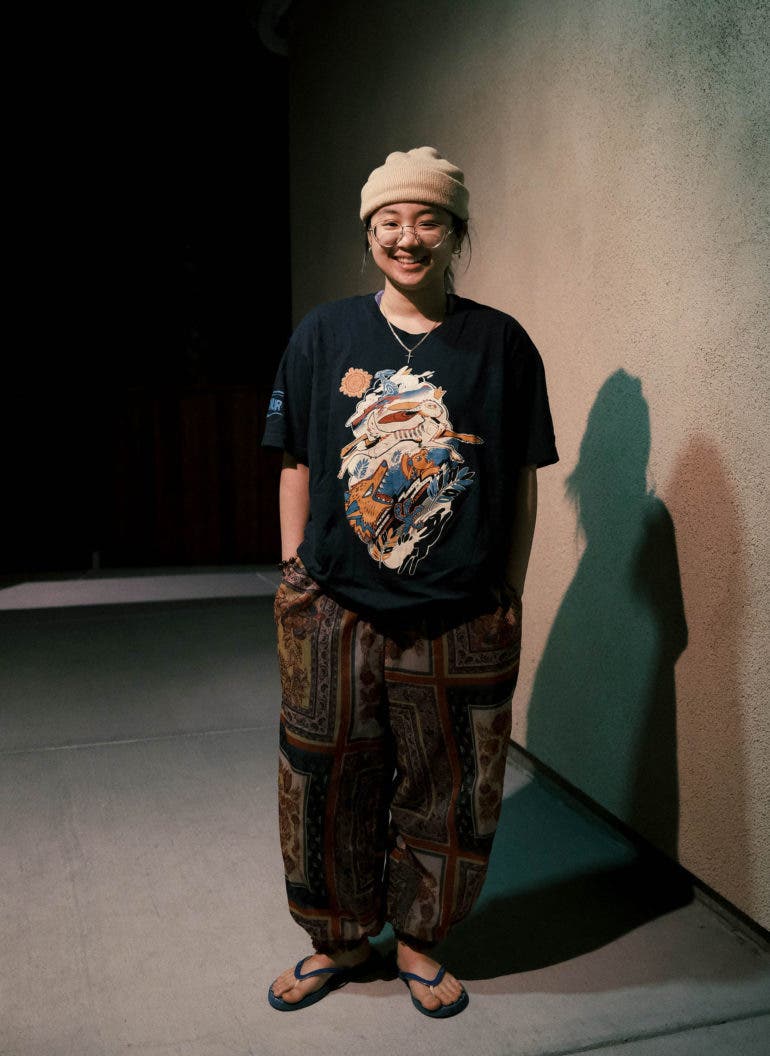
Teresa told us:
(service photographie aérienne): Hi Teresa, please tell us about yourself and how you got into photography.
Teresa Hoang: With every celebration, social gathering, trying moment, or even spare time, while growing up, my family had always documented our lives to remember the time we shared together. I remember always being fascinated with my uncle’s camcorder and the big heavy cameras that he always took with him to record our family social events. After years of being the family’s designated photographer, he later retired from the position. He sold me one of his beginner’s cameras when I was 13, which started my exploration into photography.
Hello! My name is Teresa Hoang, and I am a first-gen Vietnamese American who is majoring in Visual Communications and Design at The Herron School of Art & Design in Indianapolis, Indiana. Photography is a side hobby for me and only started as a medium I used to record my family’s lifestyle. It was later in high school and even more so in college, when I had taken an introductory photography class, that I decided to put a spin on documenting my family and really explore my creativity with my camera. With only some basic photography knowledge and a passion for art, I’ve come to develop a style of storytelling in my photography. I love when a picture tells a story, especially when I’m the one who can convey the unique characteristics of my subjects to others through that storytelling!
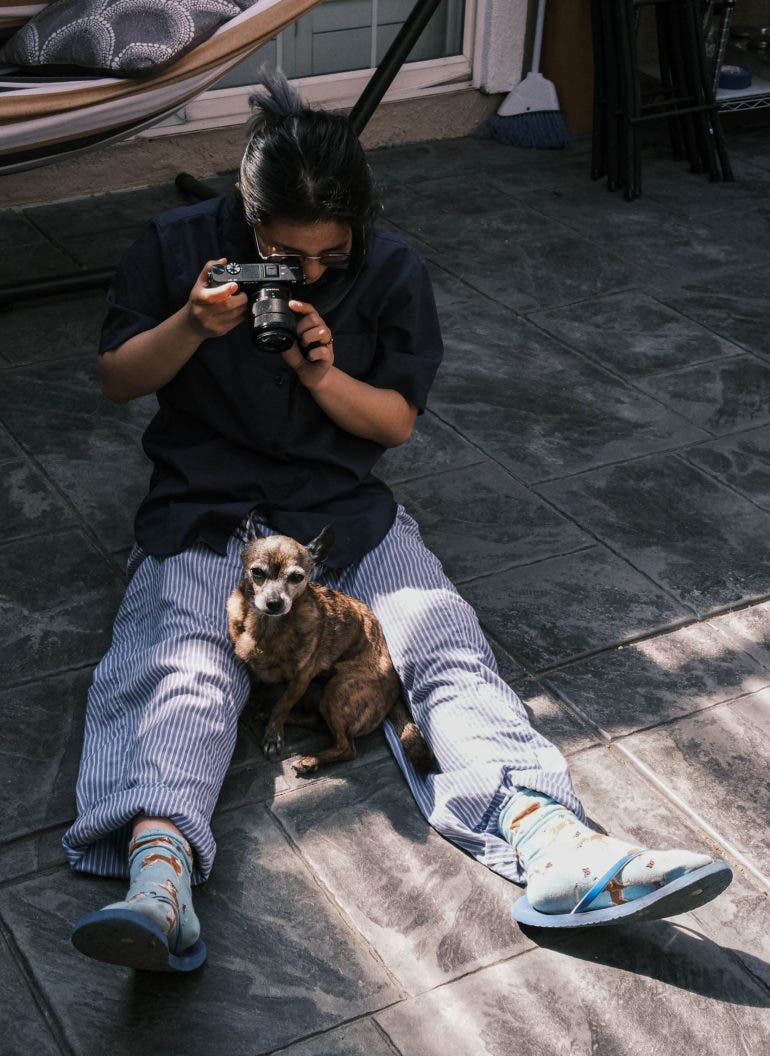
(service photographie aérienne): As in many Asian communities, family plays a central role in daily lives. Has a lot of your photography been focused on family, too?
Teresa Hoang: Like many others who grew up in an Asian community, family plays a very big role in my life. Family is first to me before anything else. Vietnamese families tend to be very close to where children will live with their parents until adulthood, and this isn’t seen as a taboo like in America, where children are often kicked out by the age of 18. Oftentimes generations of a Vietnamese family will live under one roof. I’ve grown up to value my family first and often give acts of service as my love language to them. This of course, has affected how I view others communicating through their own love language. Interactions between people, mainly with their loved ones, are the ones I’m passionate about photographing the most, especially if I can capture the history that people share by simply being next to one another.
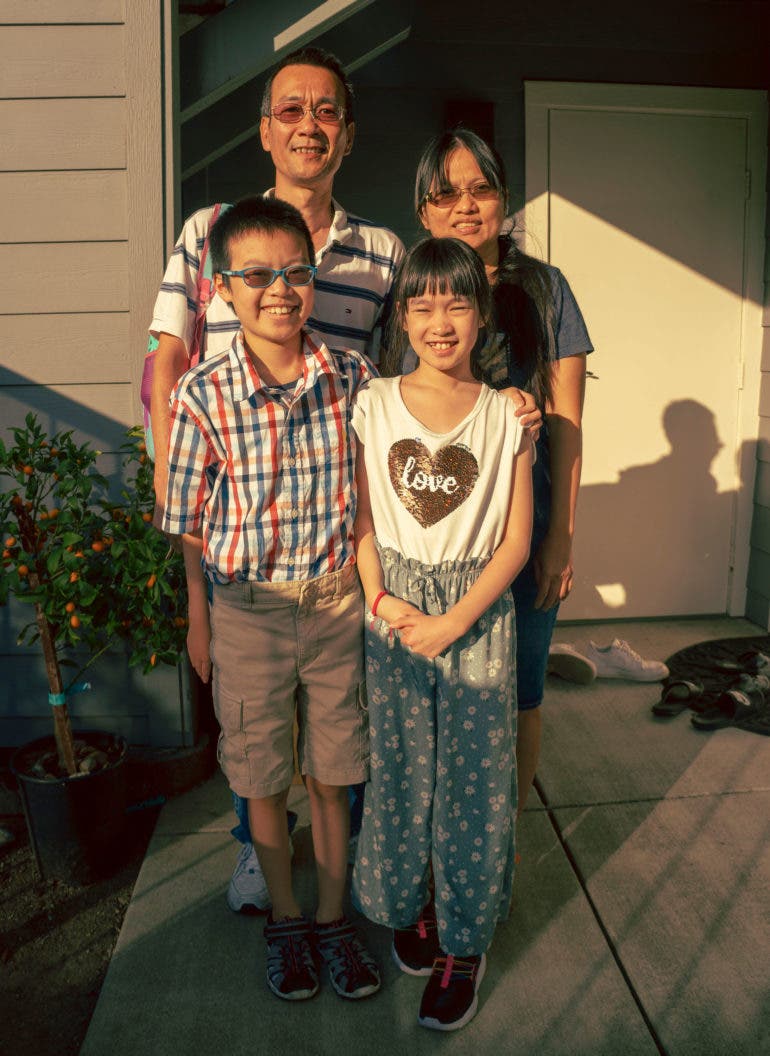
(service photographie aérienne): What are some ideas and thoughts you focus on when photographing family and members of your community?
Teresa Hoang: Besides my family literally being the topic/subject of most of my work, when I am photographing people in my own community, I tend to think of them already being a part of my life like my uncle, aunt, parents, grandparents, and etc. A group of elderly men on a smoke break reminds me of how resilient my father is and the opportunities he’s sacrificed for his children’s future. How an elderly lady alone in the supermarket with a full cart reminds me of my mother’s trips to the store to provide us with food and a comfortable home. Though I wouldn’t know anything about the stranger’s life, I try to connect with them with someone I’m already familiar with, creating a more warm and intimate shot.

(service photographie aérienne): Does much of your visual styling and inspiration come from your Asian and American roots? Are there other sources of inspiration from over the years?
Teresa Hoang: The inspirations for my photography are not much from my Asian American roots as it is just from my interests in the arts. My inspirations range from the love of Japanese comics since childhood to the studies of oil paintings of the Romanticism movement. I’ve delved into many artistic interests like illustration, painting, film, and sculpting, which has made me view art as a tool that speaks a universal language. Being able to capture people’s most expressive qualities all while presenting an aesthetically pleasing/cinematic photograph is what I call a successful photo.
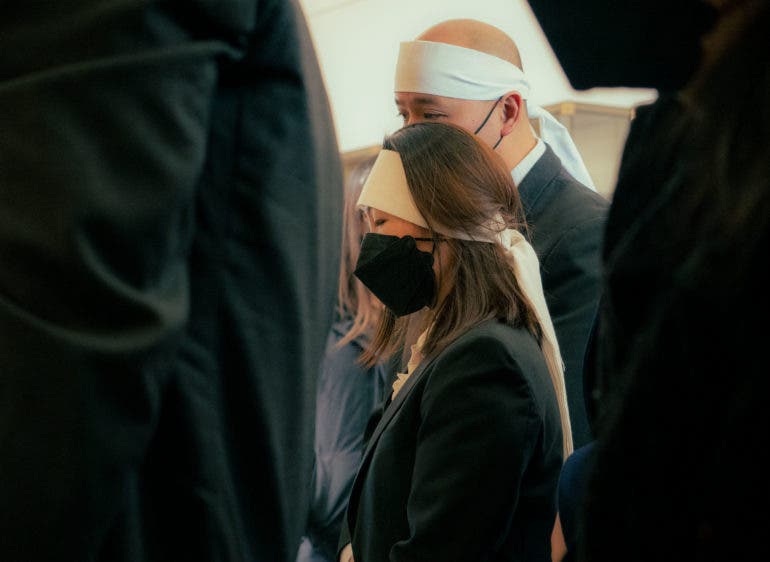
(service photographie aérienne): As an art student and creative with a camera, does this automatically make you the family’s official photographer?
Teresa Hoang: Definitely. As the child who is the most expressive in my passion for the arts in my family, I’m definitely the one to photograph and record everyone for family events. Not so much anymore ever since the pandemic hit and the popularity of Facebook live among the aunties, but I’m still there for the family photos in the end.

(service photographie aérienne): Is there a visual and creative approach when photographing different generations of the family? Tell us why or why not?
Teresa Hoang: Usually, the older generations in the family would like a standard straightforward photo where everyone is present, faces shown, and standing next to each other. For the younger ones, I tend to capture the moments we share together. I would take a more traditional approach for the older and the younger, more relaxed.
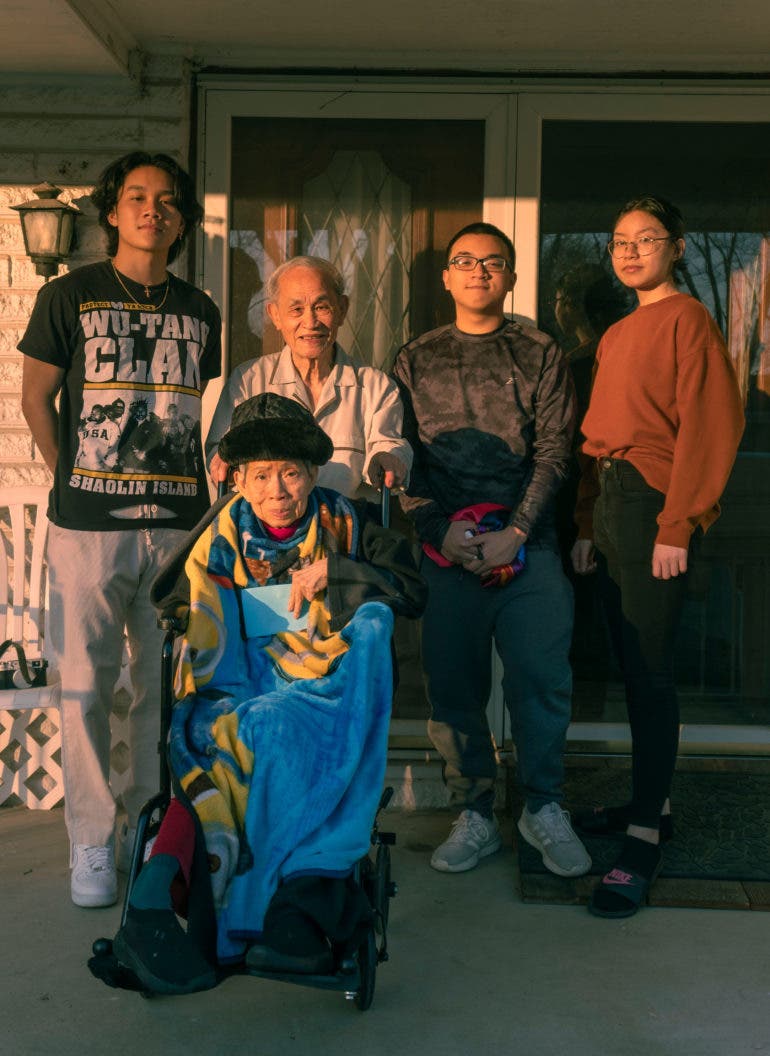
(service photographie aérienne): I see some analog and film looks in your photography. Especially in the series you shot at the Saraga supermarket. Tell us more about this please.
Teresa Hoang: As a first-gen Vietnamese American in my family, I grew up with very little exposure to my culture besides the culture I learned from my family. All while learning another culture from living in Indiana made me feel alienated from both communities, American and Vietnamese. I felt like an outsider looking at them which has influenced most of my street photography. The curiosity of a lost nostalgia and missed opportunities.

I explored these ideas through my final work for my intro photography class in my sophomore year of college. Starting with “Saraga,” a series about the growing immigrant communities within Indianapolis. The marketplace is where most people found home through the people, food, and culture. It was the first big international market where my mother had easier access to provide us with ingredients for Vietnamese cuisine for a Vietnamese home. It’s one of the many places where I found my belongings and childhood memories and I wanted to express its importance to not only my community but hundreds of others. By documenting those who were like my mom, coming to find and bring a part of “home” back to their families, I had also brought back “home” to myself.
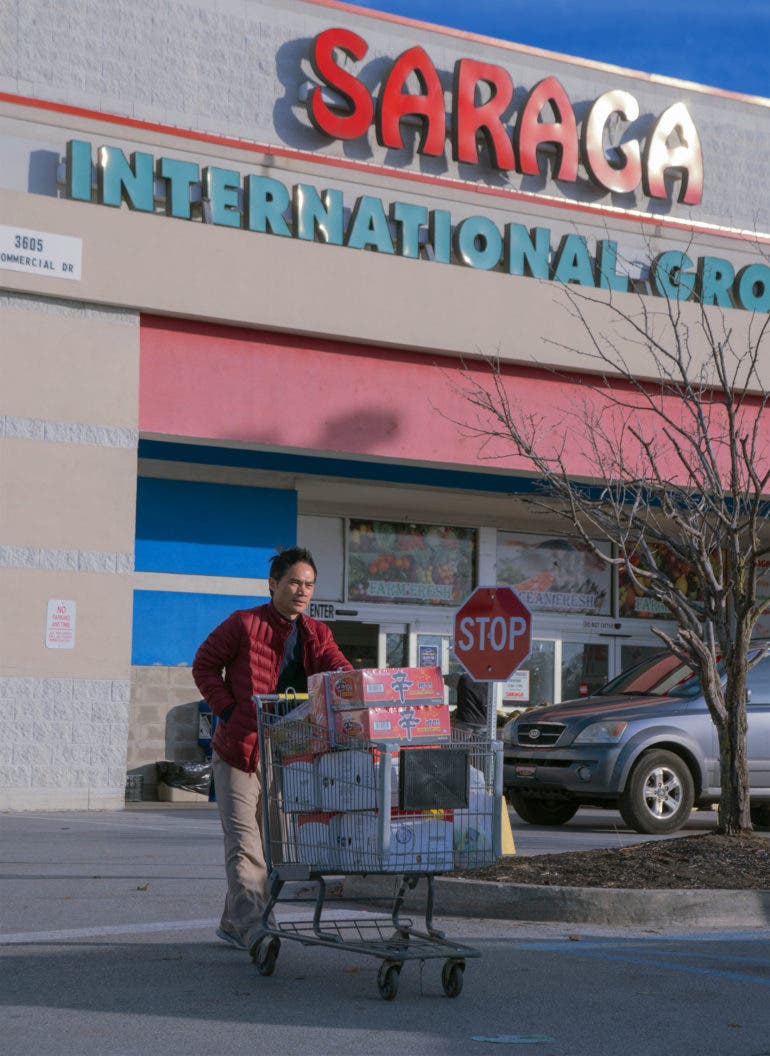
(service photographie aérienne): What was your approach to photography before and after art school? What are some of the improvements you’ve noticed? What are the areas in which you’d like to improve?
Teresa Hoang: My approach has definitely changed throughout the years. Before having any knowledge of photography I took pictures of whatever was around me. If it looked nice I took it! It didn’t matter if it was a single blade of grass or a dirty sock as long as it looked aesthetically pleasing to me. Those earlier photos had showed the same curiosity and novice as the child who took them. After years of taking photos here and there, I’m now more knowledgeable in techniques to make my work better. I’ve seen improvements in my composition, which has become more dynamic and expressive as well as my storytelling approach but my love for the connections between people/animals is still the same to this day. Something I am still trying to improve on is the color grading and editing afterward.
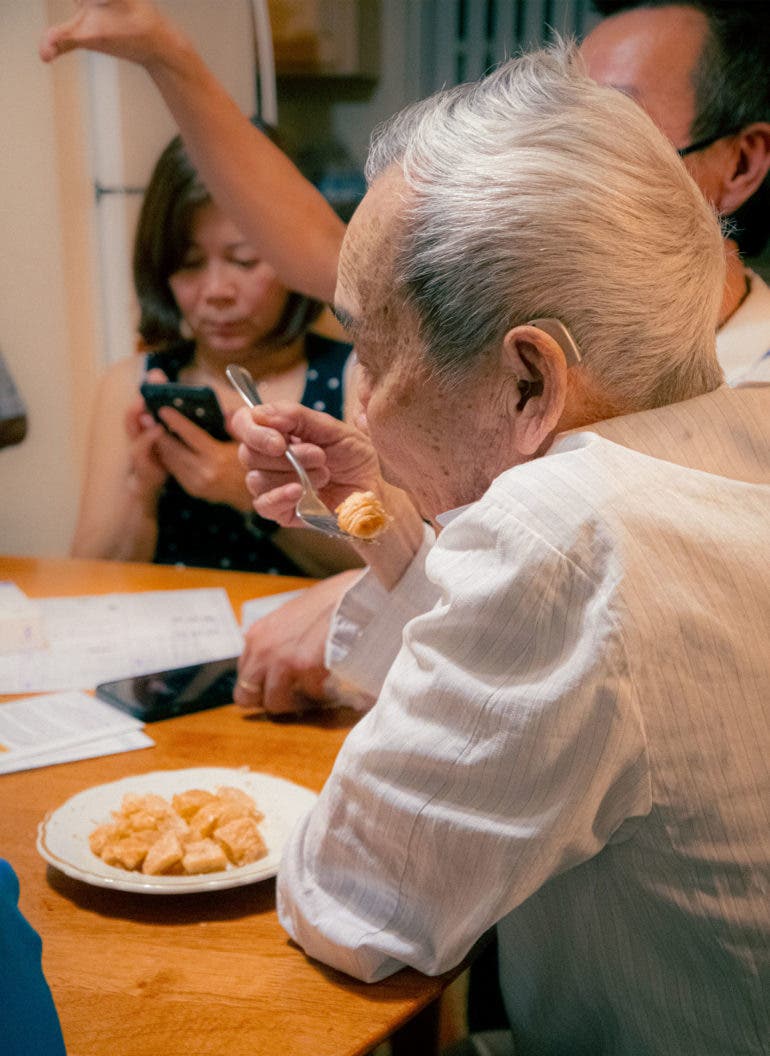
(service photographie aérienne): What are some of the quirkier ideas for your photo projects so far? Are there some you’ve got planned for the near future?
Teresa Hoang: My favorite kind of shoots are the ones where the point of the shoot is to just have fun! In my series “Spoopy Time”, my girlfriend and I created ghost photos with my dog Milu and had a blast creating some adorably funny photos. Though currently, I have been working on a more serious project called “Bulls & The Lion.” My goal is to showcase the culture of what the people have made for themselves through the mix of their parent’s homeland and American heritage. Every person I chose to model has made an identity for themselves that is unique to each but at the same time similar in experiences. I want to represent what the incoming and already growing culture of POC and American Immigrants are bringing from within themselves. How we have made an identity for ourselves because we do not really “belong” anywhere. I don’t think it’s something that’s going to be finished anytime soon, but it’s a project I jump back into every once and a while.
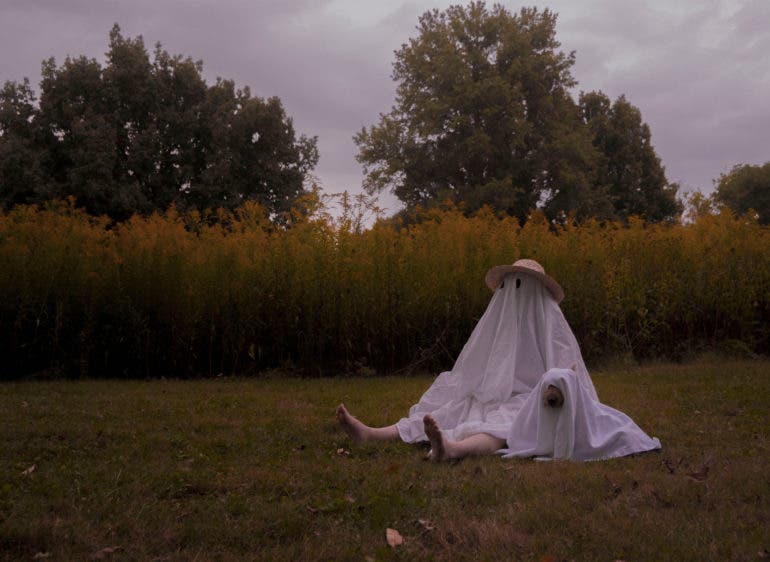
All images by Teresa Hoang. Used with permission. Drop by her Behance and Instagram pages to see more of her work.
